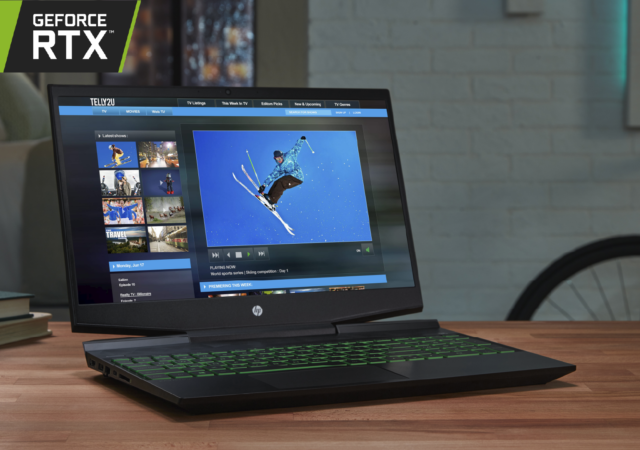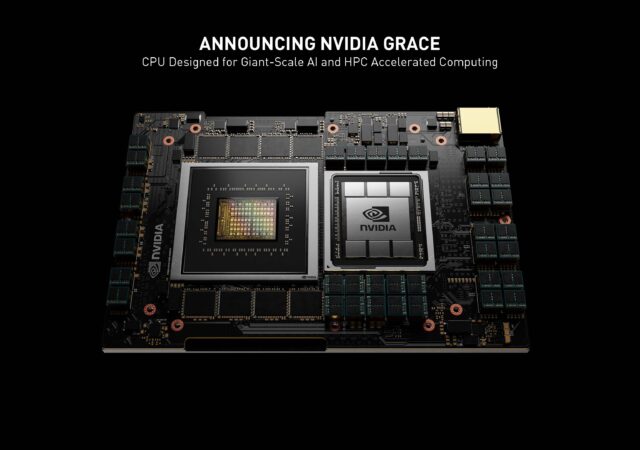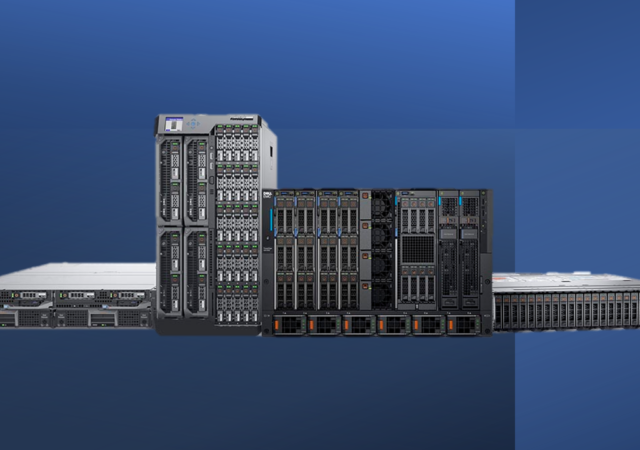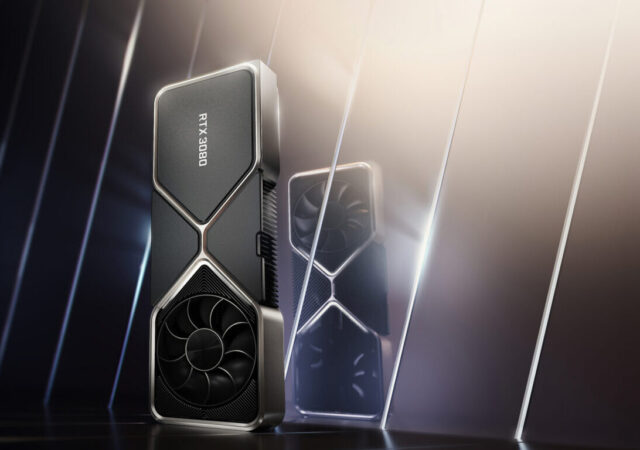The HP Pavilion Gaming 15 comes with the latest NVIDIA GeForce RTX 3050 GPU for the best value for money gaming experience.
NVIDIA Grace CPU for Datacentres for Next Generation Super Computers
NVIDIA announces project Grace in GTC 2021. The NVIDIA Grace CPU is the next generation processor for datacentres.
Dell Technologies Brings EPYC Power & Flexibility with New Dell EMC PowerEdge Servers
Dell EMC unveils their new AMD EPYC powered PowerEdge line up. The new offerings are able to adapt and cater to multiple compute needs.
NVIDIA GeForce RTX 30 Series is here! The GeForce RTX 3080 and 3090 is Here!
NVIDIA just launched their new Ampere architecture on the GeForce RTX 30 Series GPUs. This is the new age of ultra-powerful GPUs.






